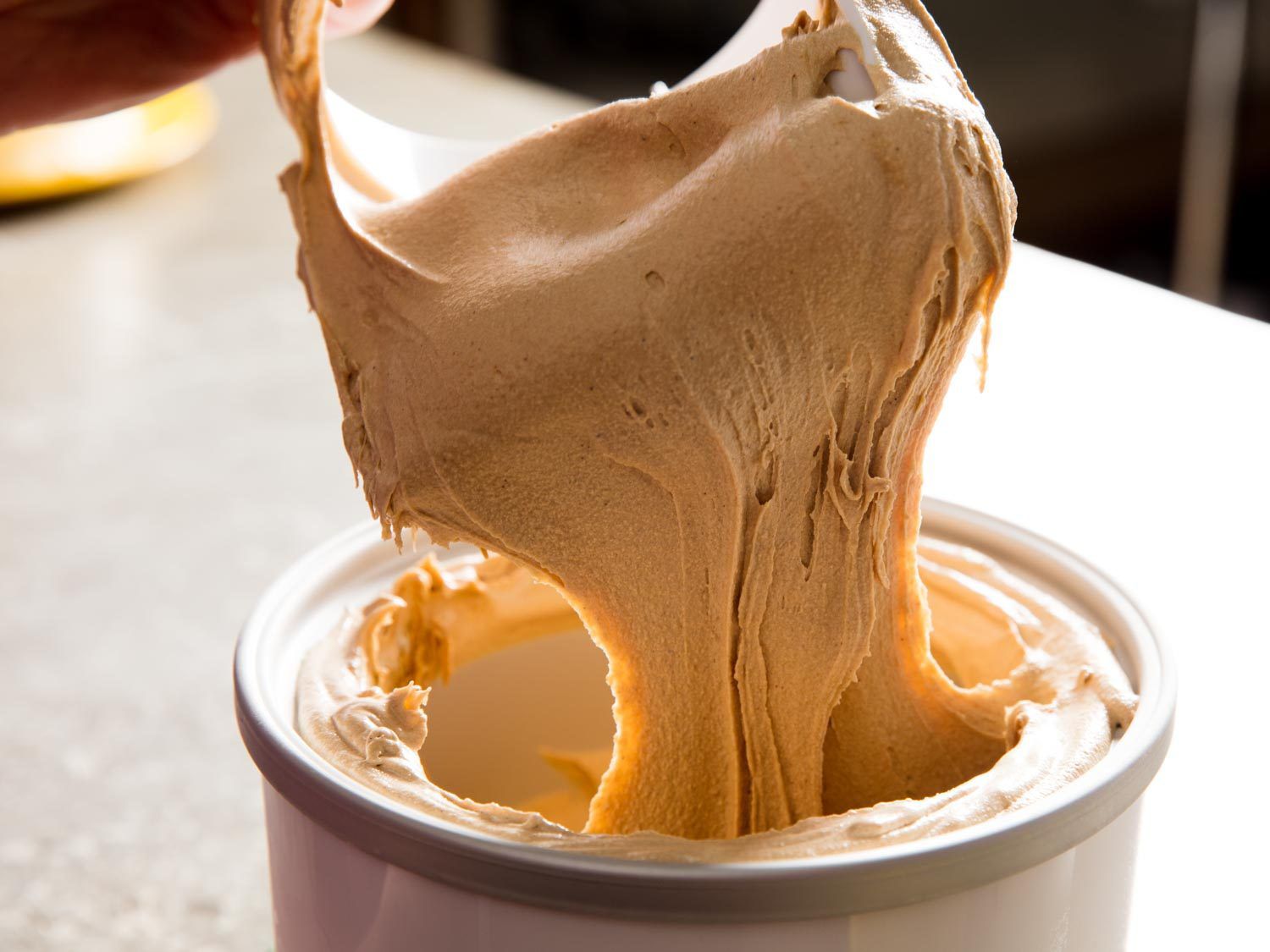

Articles
How Long Does An Ice Cream Maker Take
Modified: August 31, 2024
Discover how long it takes for an ice cream maker to churn out delicious frozen treats in this informative article. Explore tips and techniques for making the perfect homemade ice cream.
(Many of the links in this article redirect to a specific reviewed product. Your purchase of these products through affiliate links helps to generate commission for Storables.com, at no extra cost. Learn more)
Introduction
Making homemade ice cream is a delightful and satisfying experience. From classic flavors like vanilla and chocolate to more adventurous combinations like mint chocolate chip or strawberry cheesecake, the possibilities are endless. However, one question that often arises when using an ice cream maker is: how long does it take? The duration can vary depending on various factors, such as the type of ice cream maker you have and the recipe you are using. In this article, we will delve into the details of the ice cream making process, understand the factors that affect the time taken by an ice cream maker, explore different types of ice cream makers and their respective time requirements, and provide some handy tips for reducing the overall time required.
Key Takeaways:
- Homemade ice cream making time varies based on factors like ice cream maker type, recipe, and room temperature. Understanding these factors can help plan and adjust expectations for a delightful ice cream making experience.
- Practical tips such as pre-chilling ingredients, pre-freezing the bowl, and optimizing recipe ratios can significantly reduce the time required to make homemade ice cream, allowing for quicker indulgence in delicious frozen treats.
Read more: How Long Does Cuisinart Ice Cream Maker Take
Understanding the Ice Cream Making Process
Before we delve into the time it takes to make ice cream, let’s first understand the basic process involved. Making ice cream involves a few key steps: preparing the ice cream mixture, chilling the mixture, and churning it in an ice cream maker.
To start, you’ll need to combine ingredients such as milk, cream, sugar, and flavorings to create the ice cream mixture. This mixture needs to be well-mixed and free of any lumps. Once the mixture is ready, it’s time to chill it. This step is crucial as it allows the mixture to cool down to a temperature that is ideal for freezing. Typically, the mixture is refrigerated for a few hours or overnight to achieve the desired consistency.
After the ice cream mixture has been properly chilled, it is time to churn it. This is where the ice cream maker comes into play. The machine churns the mixture continuously while freezing it, incorporating air to create a smooth and creamy texture. The churning process also prevents ice crystals from forming and ensures that the ice cream freezes evenly. The time it takes to churn the mixture varies depending on the type of ice cream maker being used and the recipe itself.
Now that we have a basic understanding of the ice cream making process, let’s explore the factors that can affect the time taken by an ice cream maker.
Factors Affecting the Time Taken by an Ice Cream Maker
Several factors can affect the time it takes for your ice cream maker to churn out a delicious batch of homemade ice cream. Understanding these factors can help you plan your ice cream making process more effectively and ensure optimal results.
1. Type and Model of the Ice Cream Maker: Different types of ice cream makers have varying mechanisms and freezing capabilities. Traditional ice cream makers with a bowl that needs to be pre-frozen typically take longer as they require a significant amount of time to freeze the bowl adequately before churning. On the other hand, self-freezing ice cream makers and compressor-based models tend to take less time as they have built-in freezing mechanisms.
2. Capacity of the Ice Cream Maker: The size and capacity of your ice cream maker play a role in the time it takes to make ice cream. Making larger batches of ice cream may require more time due to the increased volume that needs to be frozen and churned.
3. Ingredients and Recipe: The composition of your ice cream mixture and the recipe you are following can also affect the time taken. Ingredients with higher fat content, such as heavy cream, can freeze more quickly compared to mixtures with lower fat content. Additionally, recipes with added mix-ins like fruits or nuts may require additional freezing time to ensure they are properly incorporated and evenly distributed.
4. Room Temperature and Climate: The ambient temperature of your kitchen or the climate where you live can impact the freezing time. Hotter temperatures may cause the ice cream maker’s freezing mechanism to work harder, resulting in longer churning times. It is advisable to carry out the ice cream making process in a cool and well-ventilated area for optimal results.
5. Personal Preferences: The desired consistency and texture of your ice cream can also influence the time taken by the ice cream maker. If you prefer softer and creamier ice cream, you may opt for shorter churning times. However, if you prefer a firmer texture, you may choose to extend the churning time to achieve the desired result.
By keeping these factors in mind, you can adjust your expectations and plan your ice cream making process accordingly. In the next section, we will explore different types of ice cream makers and their respective time requirements.
The time it takes to make ice cream in an ice cream maker can vary depending on the recipe and the specific machine, but it typically takes around 20-30 minutes for the mixture to freeze and reach a creamy consistency. Be sure to follow the instructions that come with your ice cream maker for best results.
Types of Ice Cream Makers and Their Respective Time Requirements
When it comes to ice cream makers, there are several options available on the market. Each type of ice cream maker has its own unique features and time requirements. Let’s take a closer look at some of the most common types:
1. Traditional Ice Cream Maker: This type of ice cream maker consists of a bowl that needs to be pre-frozen before use. The bowl is filled with the ice cream mixture, and a paddle is inserted to churn the mixture. Traditional ice cream makers typically require anywhere from 20 minutes to an hour of churning time, depending on the recipe and the temperature of the frozen bowl.
2. Self-Freezing Ice Cream Maker: These ice cream makers have built-in freezing mechanisms, eliminating the need for pre-freezing the bowl. They can freeze the ice cream mixture as it churns, reducing the overall time required to make ice cream. Self-freezing ice cream makers generally take around 20 to 40 minutes to churn the ice cream mixture to the desired consistency.
3. Compressor-Based Ice Cream Maker: These high-end ice cream makers have a built-in compressor that freezes the mixture while it churns. The compressor instantly cools the mixture to the optimal temperature, resulting in shorter churning times. Compressor-based ice cream makers can typically churn a batch of ice cream in as little as 20 to 30 minutes, making them a popular choice for those who want quick results.
It’s important to note that the actual time required may vary depending on the recipe, the texture and ingredients used, and the personal preferences of the user. It’s always a good idea to consult the instruction manual provided by the manufacturer for precise time recommendations.
Now that we have explored the various types of ice cream makers, let’s move on to some practical tips to reduce the time taken by an ice cream maker.
Tips for Reducing the Time Taken by an Ice Cream Maker
While the time taken to make ice cream will depend on various factors, there are a few tips you can follow to help reduce the overall time required for the process:
1. Pre-chill Ingredients: Before starting the ice cream making process, make sure to chill your ingredients such as milk, cream, and mix-ins in the refrigerator. This helps to reduce the time needed for the ice cream mixture to reach the desired temperature.
2. Pre-freeze the Bowl: If you’re using a traditional ice cream maker with a removable freezer bowl, ensure that it is properly pre-frozen for the recommended time. This will help the ice cream mixture freeze faster during the churning process.
3. Optimize Recipe Ratios: Experiment with different recipes and ingredient ratios to find options that freeze and churn faster. Recipes with higher fat content and lower sugar content often freeze more quickly.
4. Cut Mix-ins into Smaller Pieces: If you plan to add mix-ins such as chocolate chips or nuts to your ice cream, chop them into smaller pieces. This allows them to freeze and incorporate more quickly into the ice cream mixture.
5. Keep Your Ice Cream Maker Clean: Regularly clean your ice cream maker as built-up residue can hinder its performance. A clean machine can freeze and churn the mixture more efficiently in less time.
6. Chilling the Mixture: Make sure to properly chill the ice cream mixture in the refrigerator before placing it in the ice cream maker. This reduces the time needed for the mixture to reach the optimal temperature for freezing.
7. Consider Using a Thinner Mix: Adjusting the consistency of your ice cream mixture by making it slightly thinner can speed up the freezing and churning process. However, be careful not to compromise the flavor or texture of your finished ice cream.
By following these tips, you can significantly reduce the time it takes to make ice cream with your ice cream maker, allowing you to indulge in your frozen treat more quickly.
Now, let’s summarize what we have discussed in this article.
Conclusion
Homemade ice cream is a delicious treat that brings joy to many, and understanding the factors that affect the time taken by an ice cream maker can enhance your ice cream making experience. Remember that the time it takes to make ice cream can vary depending on various factors, including the type of ice cream maker, the recipe, the room temperature, and personal preferences.
By understanding the ice cream making process and considering the factors that influence the time taken, you can plan accordingly and adjust your expectations. Whether you have a traditional ice cream maker, a self-freezing model, or a compressor-based machine, each type has its own time requirements.
Additionally, implementing practical tips such as pre-chilling ingredients, pre-freezing the bowl, optimizing recipe ratios, cutting mix-ins into smaller pieces, keeping the ice cream maker clean, and adjusting the consistency of the mixture can help reduce the overall time required to make ice cream.
Ultimately, the joy of homemade ice cream is worth the time and effort invested. Whether you prefer classic flavors or experiment with unique combinations, the reward of enjoying a creamy and delicious scoop of homemade ice cream makes the process worthwhile.
So, don’t hesitate to grab your ice cream maker, choose a delightful recipe, and start creating your own frozen treats. The satisfaction of indulging in homemade ice cream is sure to bring a smile to your face and impress your family and friends.
Happy ice cream making!
Frequently Asked Questions about How Long Does An Ice Cream Maker Take
Was this page helpful?
At Storables.com, we guarantee accurate and reliable information. Our content, validated by Expert Board Contributors, is crafted following stringent Editorial Policies. We're committed to providing you with well-researched, expert-backed insights for all your informational needs.
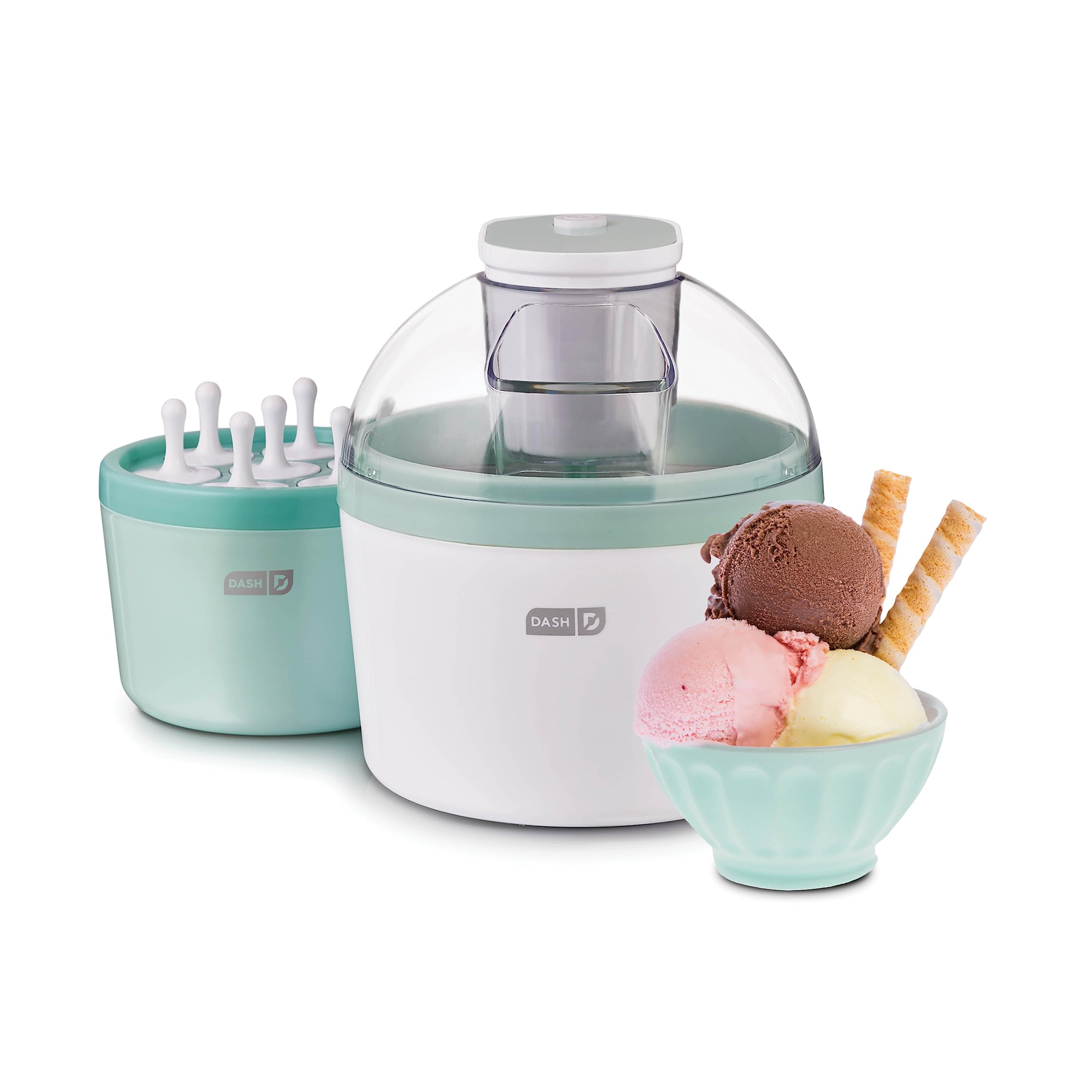
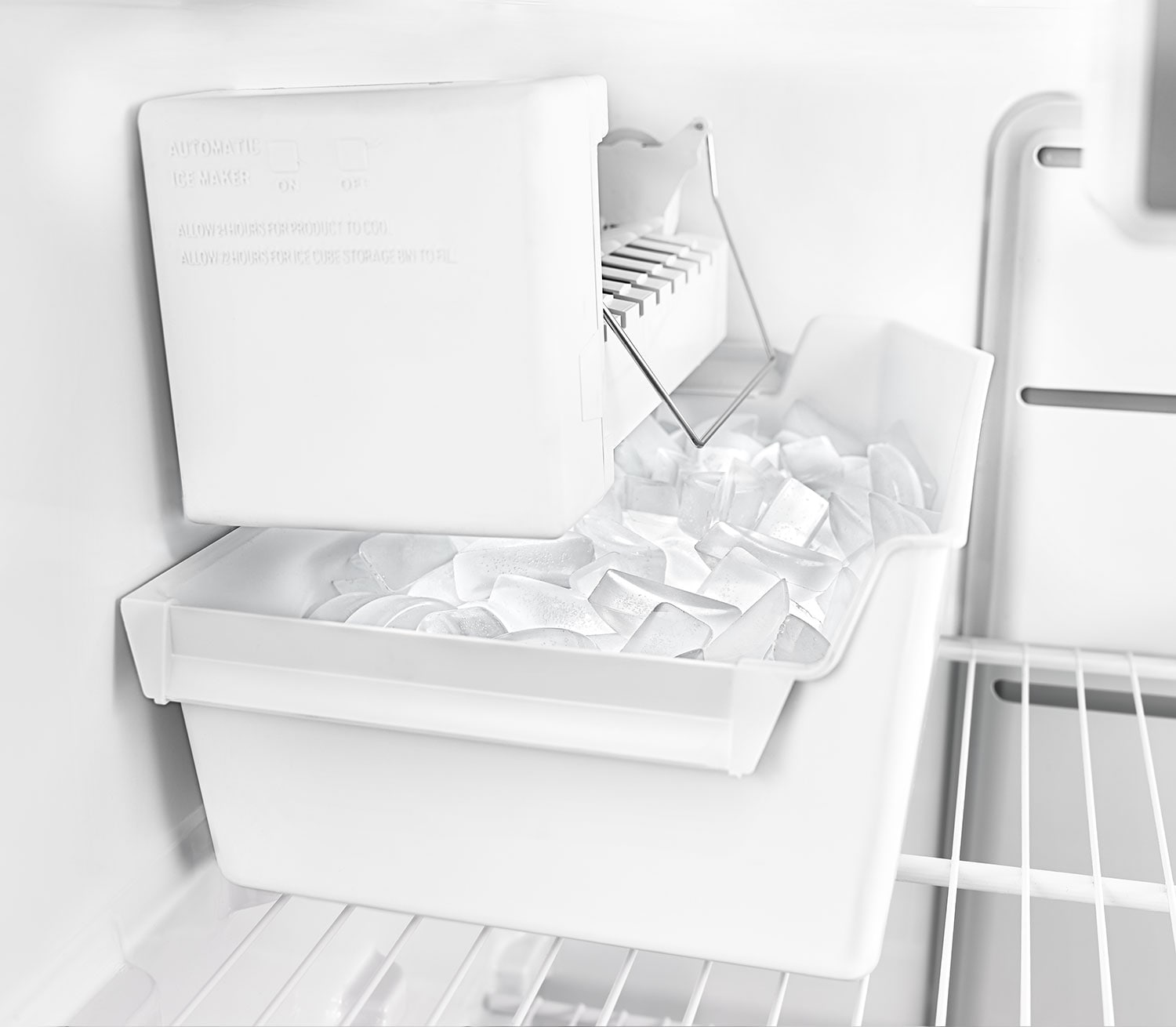
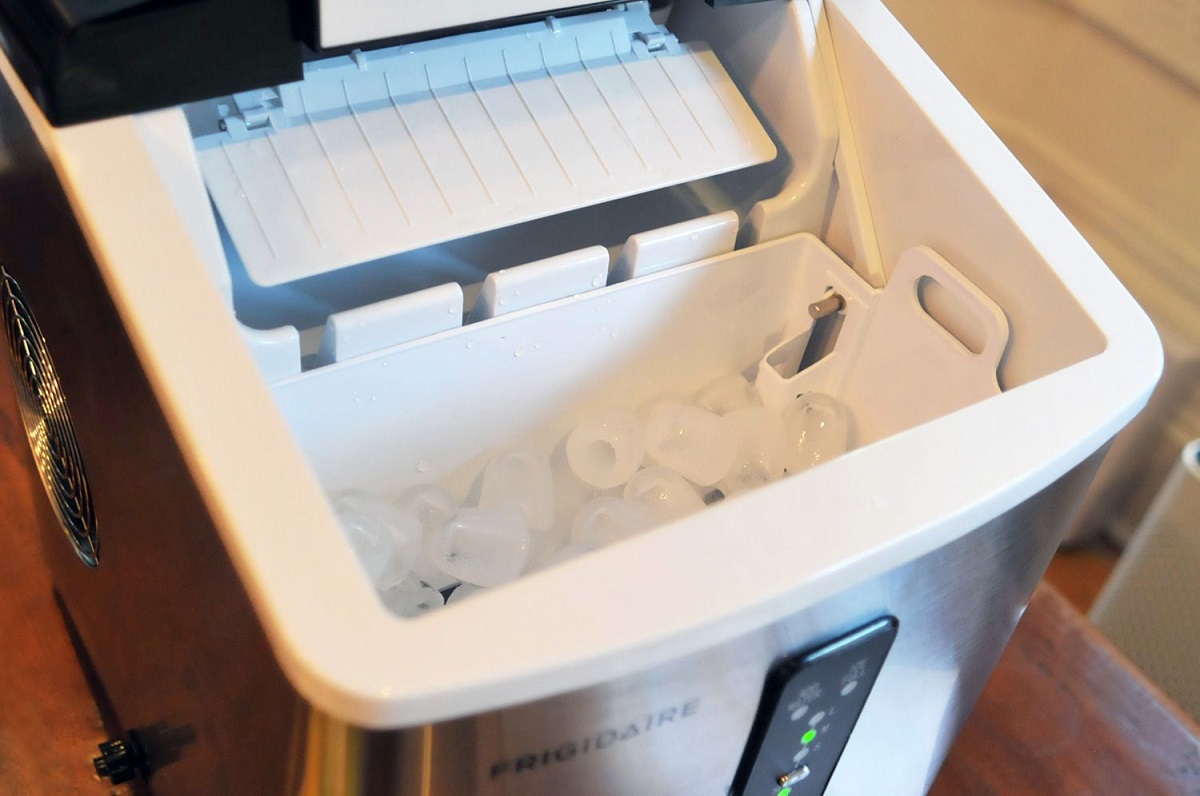

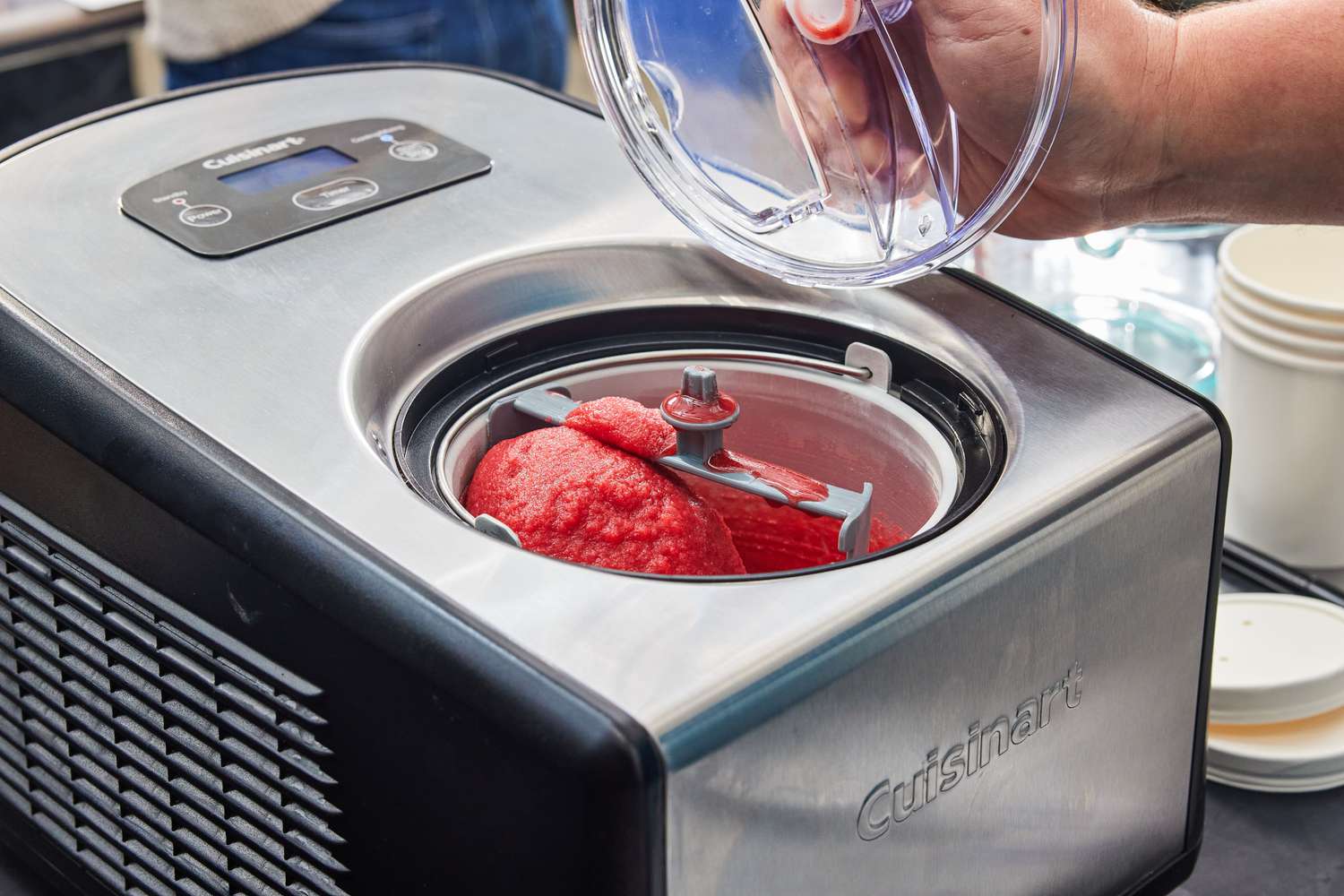
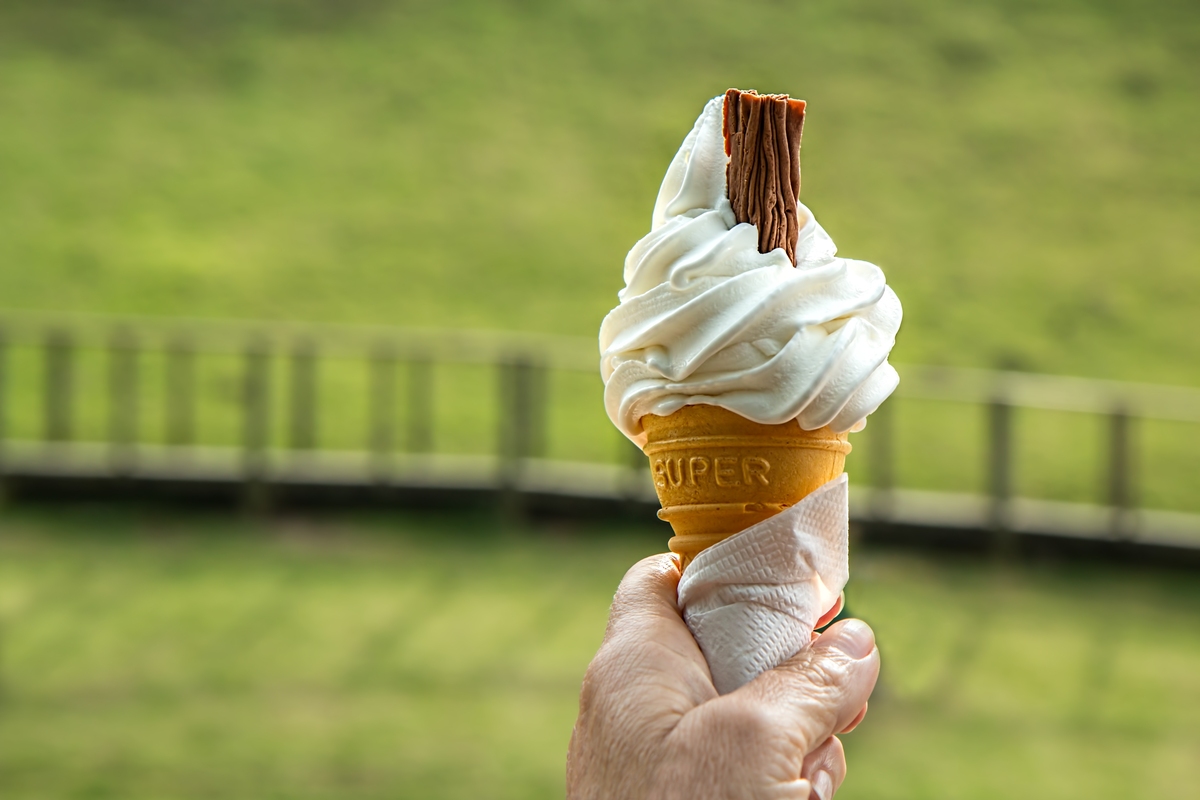
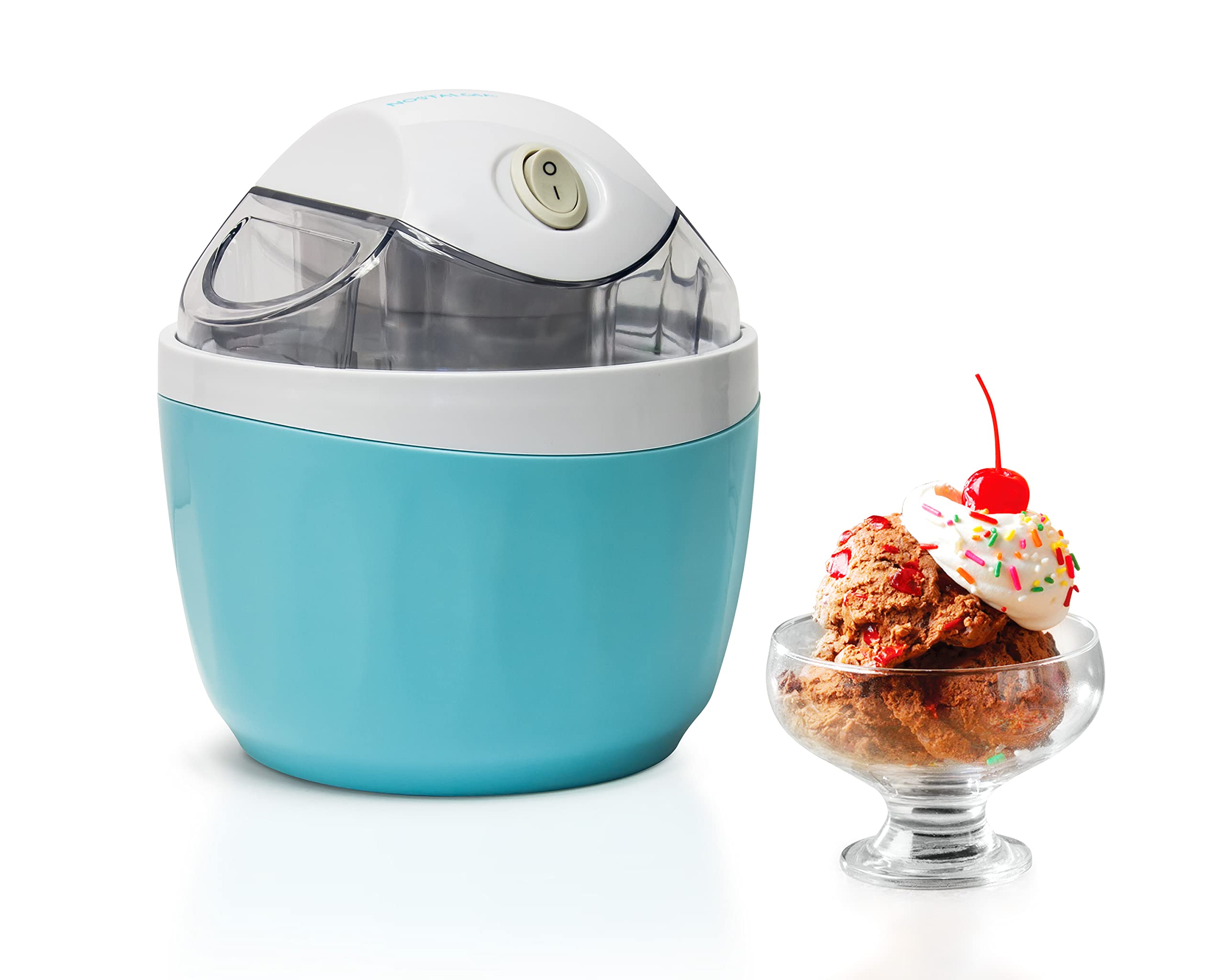
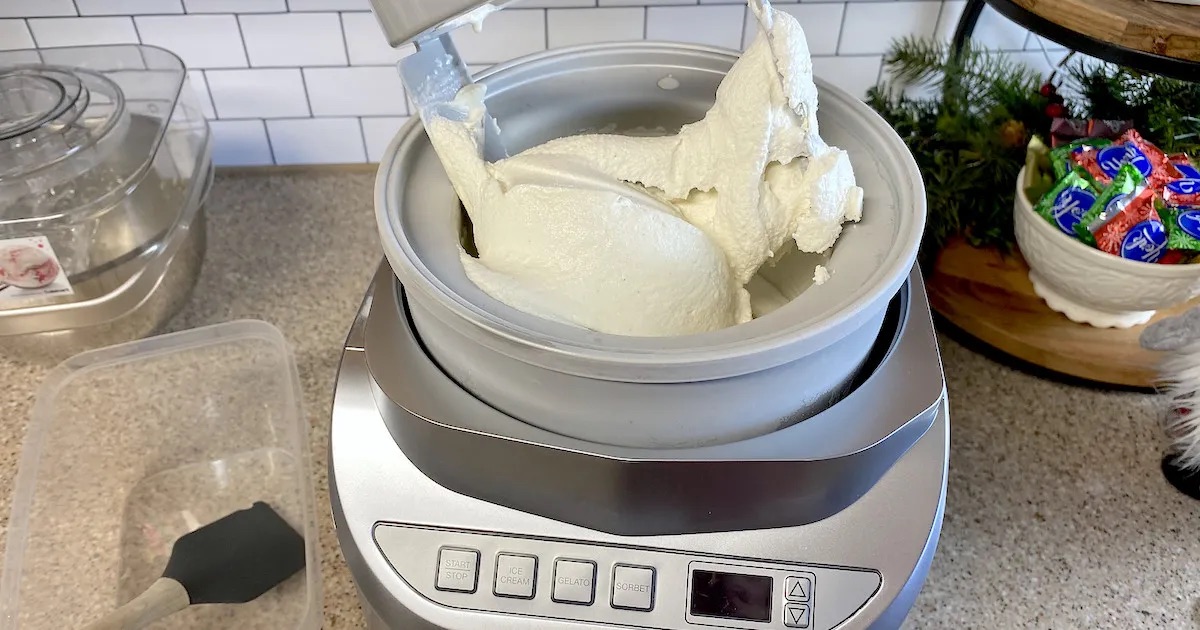
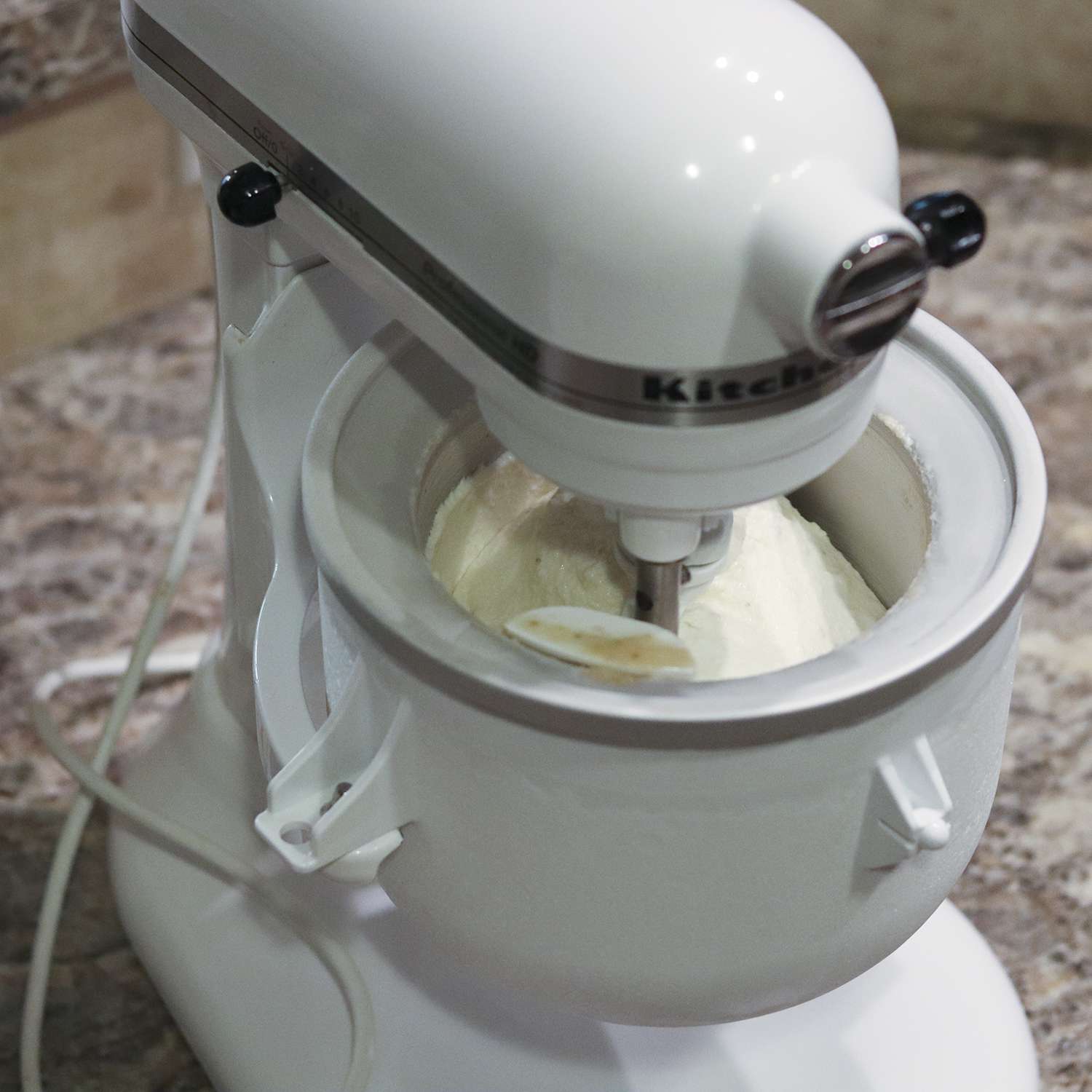
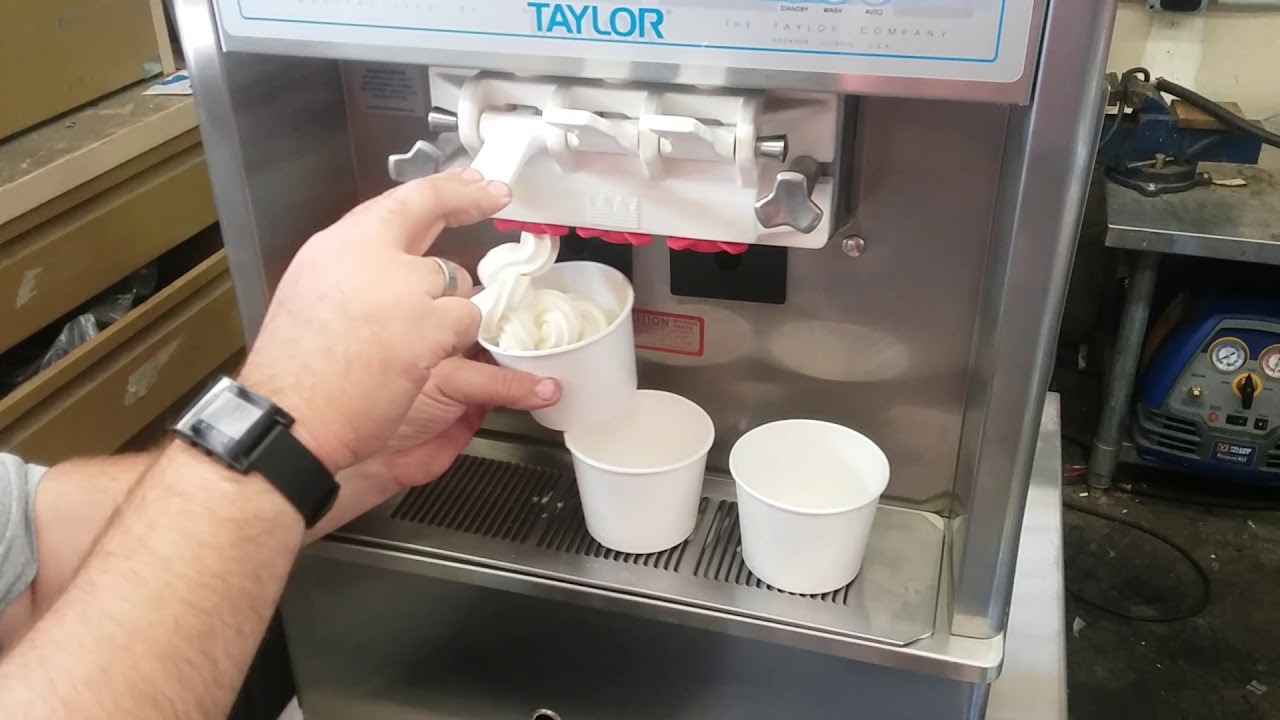
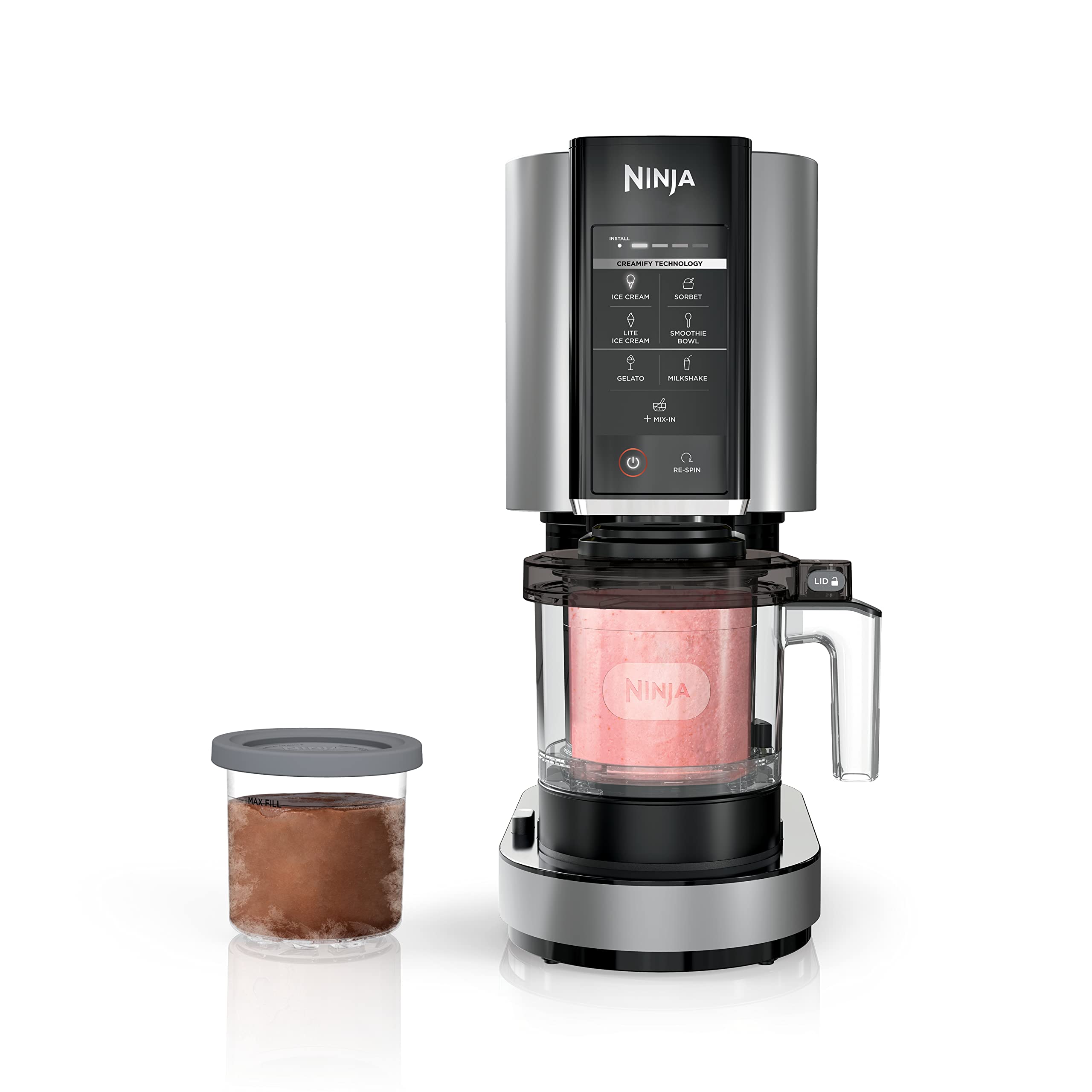
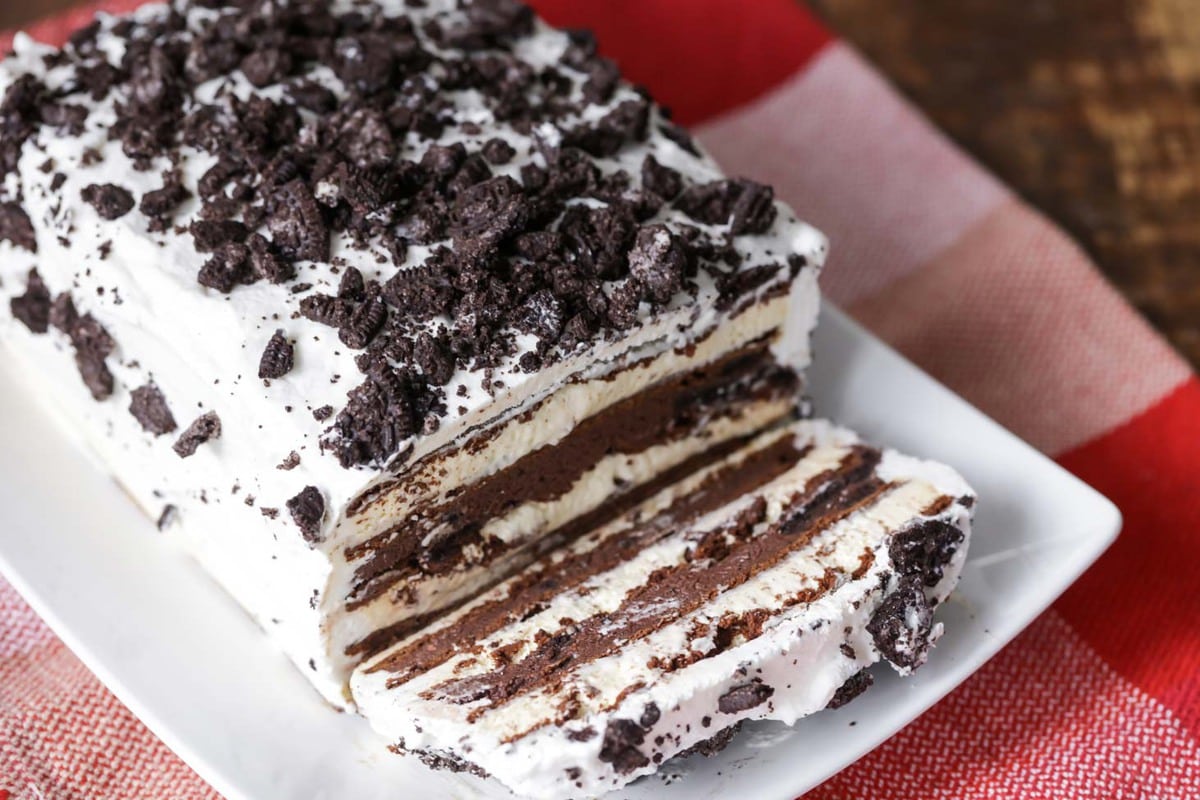
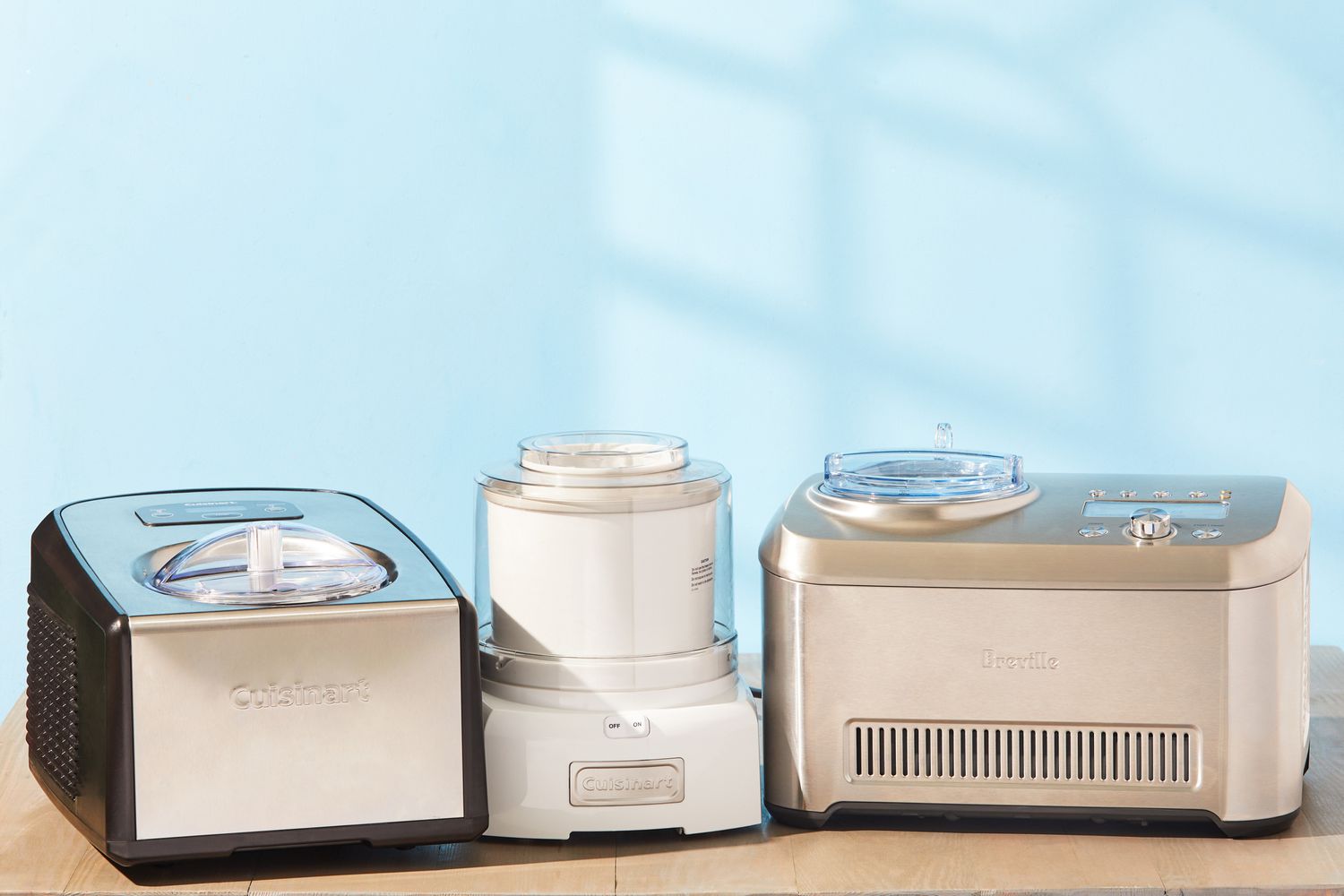


0 thoughts on “How Long Does An Ice Cream Maker Take”